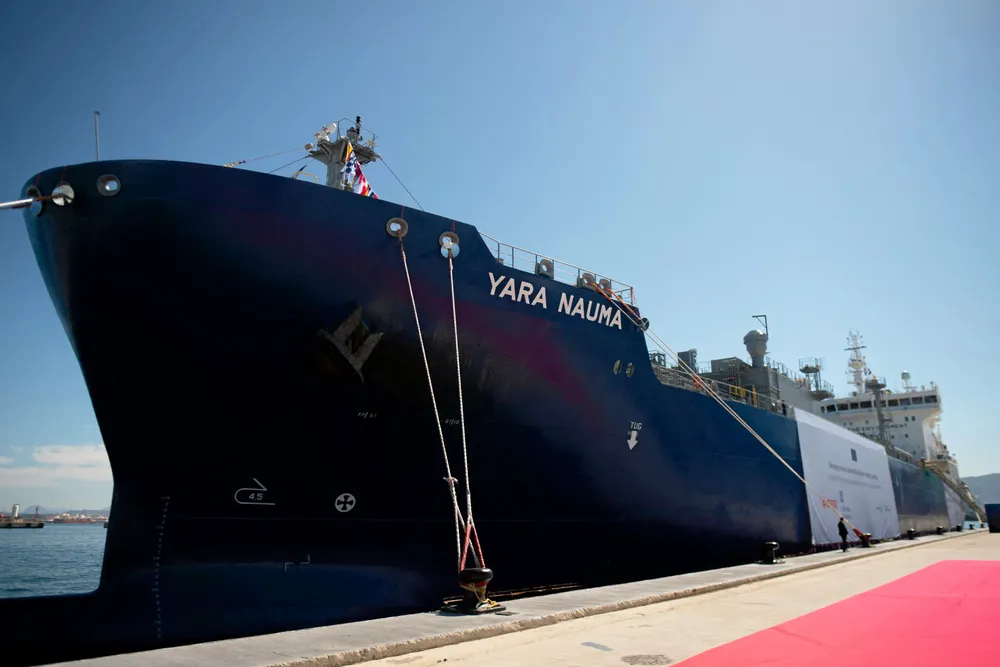ANALYSIS | Are there enough ships to carry exports of hydrogen as ammonia?
While the chemical is already traded overseas, the current fleet is extremely small compared to the scale of export-oriented green NH3 projects expected by 2030

While the chemical is already traded overseas, the current fleet is extremely small compared to the scale of export-oriented green NH3 projects expected by 2030
